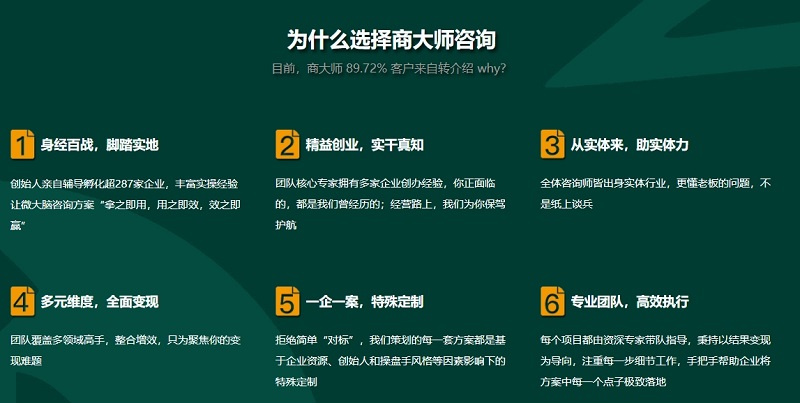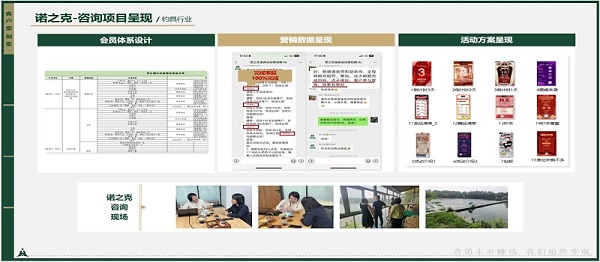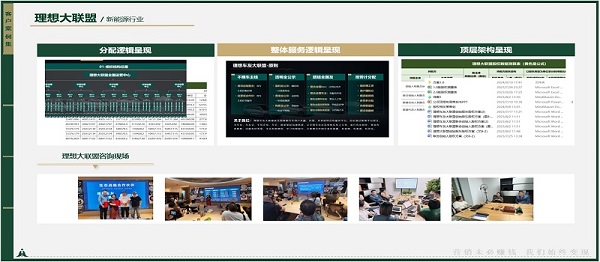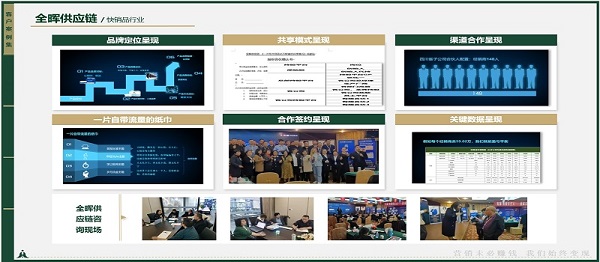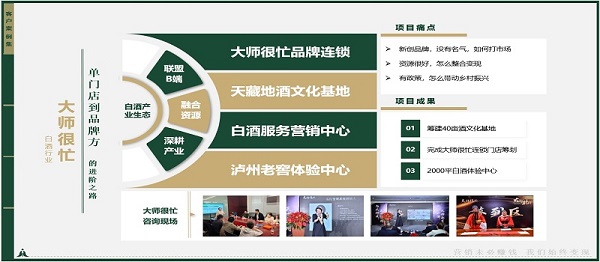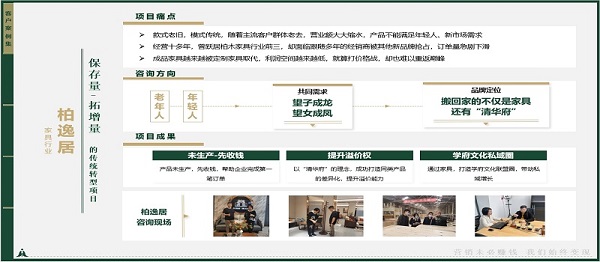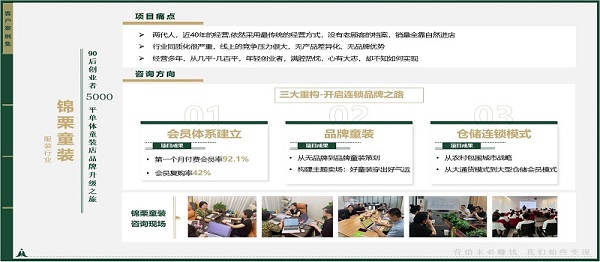品牌战略策划的一般流程
Brand strategy planning is a systematic process that helps companies establish a unique competitive advantage in the market. The general process includes market research, brand positioning, core value extraction, communication strategy formulation, and execution and optimization. Each step requires in-depth analysis and precise decision-making to ensure the consistency and effectiveness of the brand's long-term development.

市场调研与需求分析
The first step is to conduct comprehensive market research, including industry trends, competitor analysis, and consumer behavior insights. Through data collection and user interviews, companies can identify market gaps and potential opportunities. This phase provides a factual basis for subsequent brand positioning and strategy development.

品牌定位与核心价值提炼
Based on research results, brands need to clarify their unique positioning. This involves defining the target audience, differentiating from competitors, and refining core values (such as quality, innovation, or social responsibility). clear positioning statement serves as the foundation for all communication activities.
传播策略与执行规划
After establishing the brand's core, companies need to design multi-channel communication strategies, including advertising, content marketing, and public relations. Execution plans must align with the brand's tone and long-term goals, while setting measurable KPIs to track effectiveness.
动态优化与反馈机制
Brand strategy is not static. Through continuous data monitoring and consumer feedback, companies should adjust their strategies to adapt to market changes. Regular audits and scenario simulations help maintain the brand's relevance and vitality.

品牌战略策划的核心环节有哪些
The key stages include market insight mining, competitive differentiation design, value proposition shaping, resource integration, and risk management. Among these, competitive differentiation and value proposition are considered the "soul" of the strategy, directly determining market recognition.
如何确保市场调研的准确性
Adopt a combination of quantitative and qualitative methods. Use big data tools for macro trend analysis while conducting in-depth interviews with target users. Cross-validate data from third-party platforms and internal databases, and establish continuous tracking mechanisms to update information in real-time.
品牌定位与核心价值的区别
Positioning focuses on occupying specific mental space in consumers' minds, answering "why choose us." Core values represent the brand's fundamental beliefs, explaining "what we stand for." The two are complementary positioning guides external communication, while values drive internal decision-making.
传播策略中易忽视的关键点
Many companies overlook consistency across channels and the synergy between short-term campaigns and long-term brand building. Additionally, failing to establish an emotional connection with audiences or neglecting employee brand advocacy are common strategic blind spots.
执行阶段常见的挑战及应对
Resource misallocation and departmental coordination issues frequently occur. Solutions include establishing a dedicated brand management team, developing phased implementation roadmaps, and creating emergency response plans. Regular cross-departmental alignment meetings help maintain strategic consistency.

